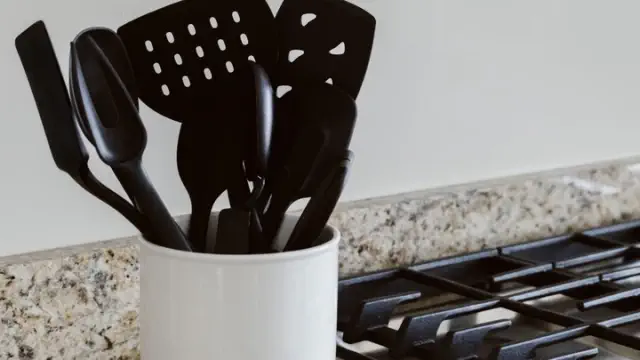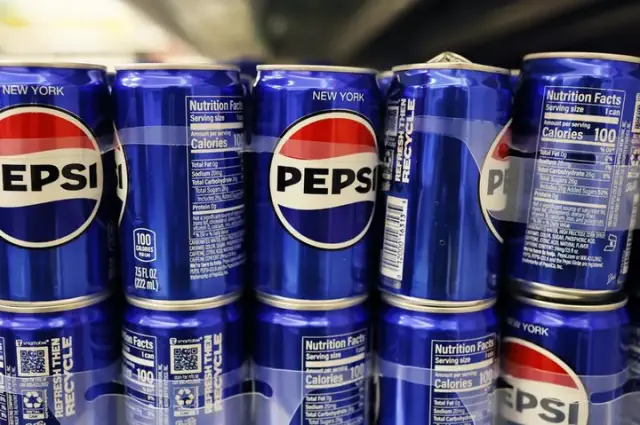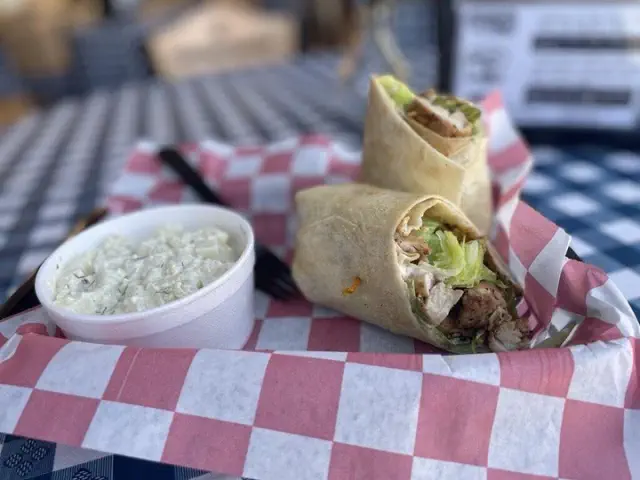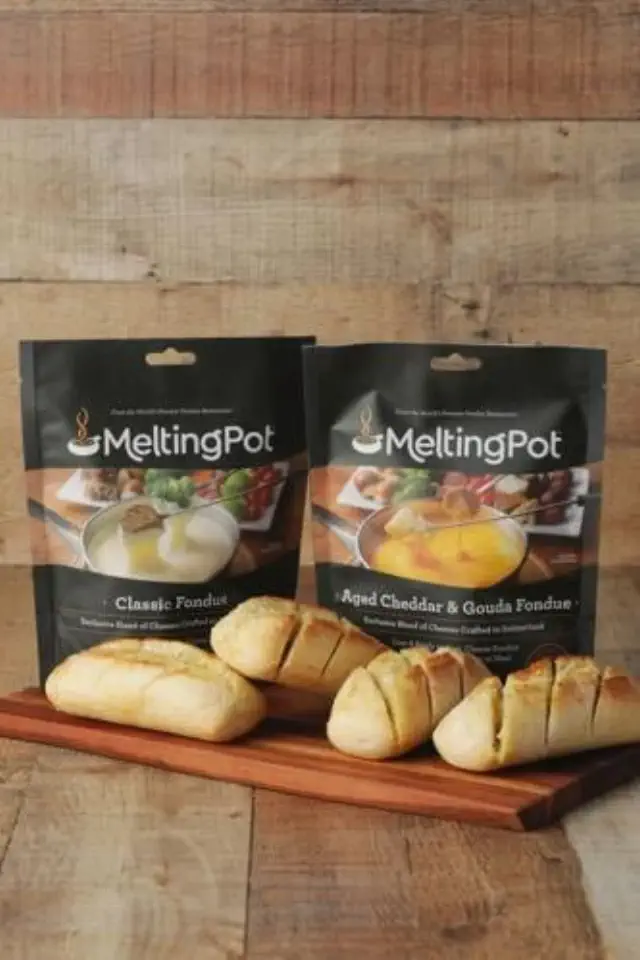"When selecting cooking utensils, the rule is simple: the more natural the materials, the higher the quality."
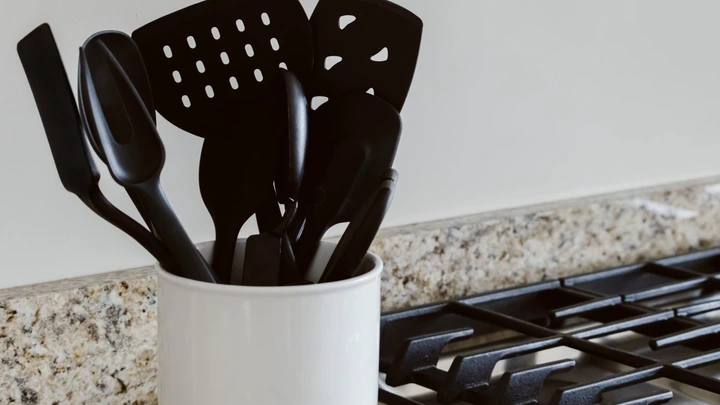
View pictures in App save up to 80% data.
If you've been active on TikTok in recent months, you've probably seen a buzzy video or two surrounding the black plastic cooking utensils controversy. A recent study suggested that black-colored plastic kitchen tools are made from recycled electronic materials that may contain harmful flame retardants.
It was later revealed that researchers miscalculated their initial findings, well overstating the actual risk of toxicity. However, according to Google Trends, the search for "nontoxic cooking utensils" is still on the rise.
Tsvetomira Vacheva, who serves as a brand manager for Woodenhouse Lifelong Quality, a company specializing in wooden utensils, shared with Shop TODAY that "there is a growing consumer awareness not just about healthier food options, but also about the importance of using nontoxic and natural alternatives for items that interact with food."
"When it comes to cooking utensils, the principle is straightforward: the more natural, the better," continues Vacheva.
Together with Vacheva and Danielle Walsh, a representative from Anyday's cookware brand, we had a discussion with Dr. Joe Zagorski, a toxicologist and assistant professor at Michigan State University's Center for Research on Ingredient Safety. He elaborated on the research outcomes and suggested safer alternative materials for cooking utensils.
Are black cooking utensils harmful to health?
If you've relied on black plastic cooking utensils in your kitchen for many years, there's no need to panic.
Wellness
As we discussed earlier, the initial research conducted by scientists regarding these possibly dangerous cooking utensils contained a mathematical mistake. This mistake inaccurately reported the safety threshold for BDE-209 (a flame retardant) exposure for an adult weighing 132 pounds, claiming it was 42,000 nanograms per day instead of the correct figure of 420,000 nanograms per day.
According to the study, an exposure of about 34,700 nanograms per day was present from utensils tested, which came uncomfortably close to the limit that was originally stated.
On December 15, Chemosphere issued an update acknowledging a correction that slightly tempered their findings. The update reassured readers that despite this adjustment, the main conclusion of the study remained unchanged: the recycled plastic kitchen utensils examined were confirmed to contain flame retardants.
If you're worried about plastic or the risk of contamination it may pose, Zagorski recommends exploring other materials like wood or metal. He advises, “To guarantee safety and longevity, choose reputable brands that specialize in creating products meant for high-temperature settings.”
"When discussing toxicity, it’s essential to consider it alongside the environmental impact of our consumer choices," adds Vacheva. "Factors such as biodegradability, the potential release of toxins during disposal, and damage to marine ecosystems should always be taken into account. We are part of a connected ecosystem, and even if the effects are not immediately visible or direct, they remain significant and impactful," she notes.
When selecting cooking utensils, consider the following factors: 1. **Material**: Choose utensils made from durable materials such as stainless steel, silicone, wood, or heat-resistant plastic. Each material has its own advantages, like heat resistance or non-stick properties. 2. **Ergonomics**: Look for utensils that are comfortable to hold and easy to maneuver. Ergonomically designed handles can reduce strain during extended use. 3. **Heat Resistance**: Ensure that the utensils can withstand high temperatures, especially if you plan to use them in hot cookware. Silicone and wooden utensils are often good choices for this. 4. **Ease of Cleaning**: Opt for utensils that are dishwasher safe or easy to clean by hand. Non-stick surfaces can also make cleanup simpler. 5. **Versatility**: Consider utensils that serve multiple purposes, such as a spatula that can also be used for flipping or stirring. 6. **Size and Shape**: Choose utensils that fit well with your cookware. For example, long-handled utensils work better for deep pots, while shorter ones may be ideal for frying pans. 7. **Durability**: Invest in high-quality utensils that can withstand regular use without breaking or deforming. 8. **Safety**: Ensure that the utensils do not leach harmful chemicals, especially if they are made from plastic. Look for BPA-free options. 9. **Aesthetic Appeal**: While functionality is key, consider the design and color of the utensils to match your kitchen decor. 10. **Reviews and Recommendations**: Check reviews or ask friends and family for recommendations to find trusted brands and products. By considering these factors, you can choose the right cooking utensils that will enhance your culinary experience.
With a growing number of individuals choosing to discard their black plastic cooking utensils, the positive aspect is that there are numerous alternative materials to consider, such as wood, metal, and silicone.
"According to Vacheva, when choosing cooking utensils, consumers should focus on natural wood materials that have no artificial coloring. She emphasizes that because wooden utensils often have varnish applied, it's important to select those finished with food-grade varnish to minimize any possible risks."
"I also can’t get enough of good old-fashioned wooden spoons — I have about 10 in my utensil holder," says Walsh. "One more thing I don’t think any kitchen should be without: A metal fish spatula. And no, it’s not just for fish — it’s unmatched for flipping eggs and pancakes," she recommends.
Walsh is an enthusiastic advocate for silicone cooking utensils. She notes, “Silicone offers flexibility, withstands high heat, and is free from harmful chemical leaching into your meals. Plus, silicone tools can add a vibrant splash of color to your kitchen décor,” she shares.
Commonly asked questions
When selecting microwave-safe cookware, consider the following factors: 1. **Material**: Look for materials specifically labeled as microwave-safe, such as glass, ceramic, or certain plastics. Avoid metal, as it can cause sparks and fires. 2. **Labeling**: Check for a microwave-safe symbol or label on the cookware. This indicates that the item has been tested for microwave use. 3. **Temperature Resistance**: Ensure the cookware can withstand high temperatures without melting or warping. 4. **Non-toxic**: Choose cookware that is free from harmful chemicals like BPA or phthalates, which can leach into food when heated. 5. **Durability**: Opt for sturdy items that won't easily crack or break when subjected to microwave heating. 6. **Shape and Size**: Select cookware that fits comfortably in your microwave, allowing for even cooking and preventing spills. 7. **Ventilation**: Some microwave-safe lids have venting options to allow steam to escape, reducing the risk of explosion during cooking. 8. **Ease of Cleaning**: Look for cookware that is dishwasher-safe or easy to clean by hand. By considering these factors, you can ensure that your cookware is safe and effective for microwave use.
"According to Walsh, microwave-safe cookware ought to be free of plastic and preferably made of glass, featuring a snug lid to contain steam and a vent for pressure release. She clarifies that the rubbery texture often linked to microwave cooking is actually caused by moisture escaping from the food, rather than the microwave's operation."
Introducing the specialists
- Tsvetomira Vacheva is the brand manager for Woodenhouse Lifelong Quality.
- Dr. Joe Zagorski is a toxicologist and an assistant professor in the Center for Research on Ingredient Safety at Michigan State University.
- Danielle Walsh is the General Manager at Anyday Microwave Cookware.
- Makho Ndlovu is an on-air expert who contributes to Shop TODAY.
